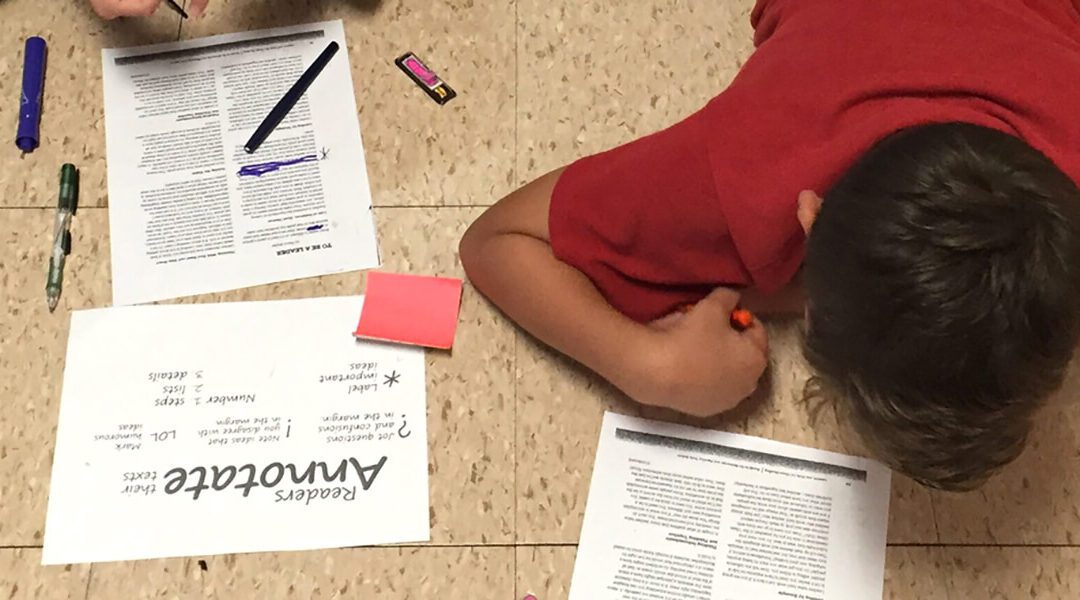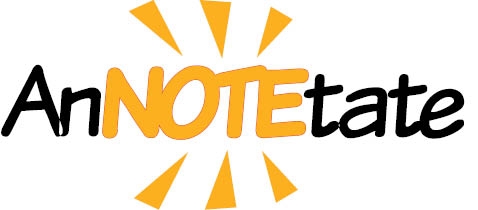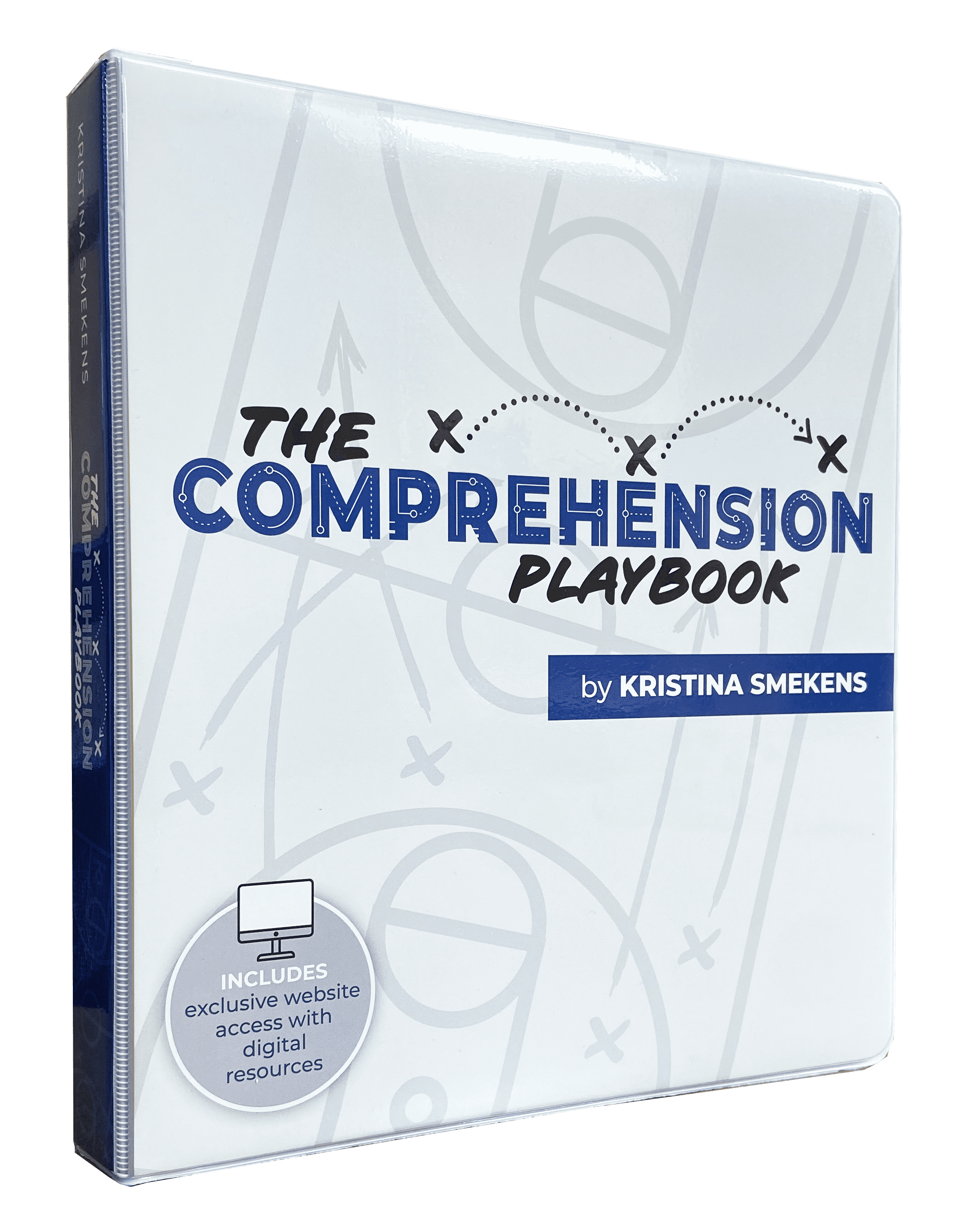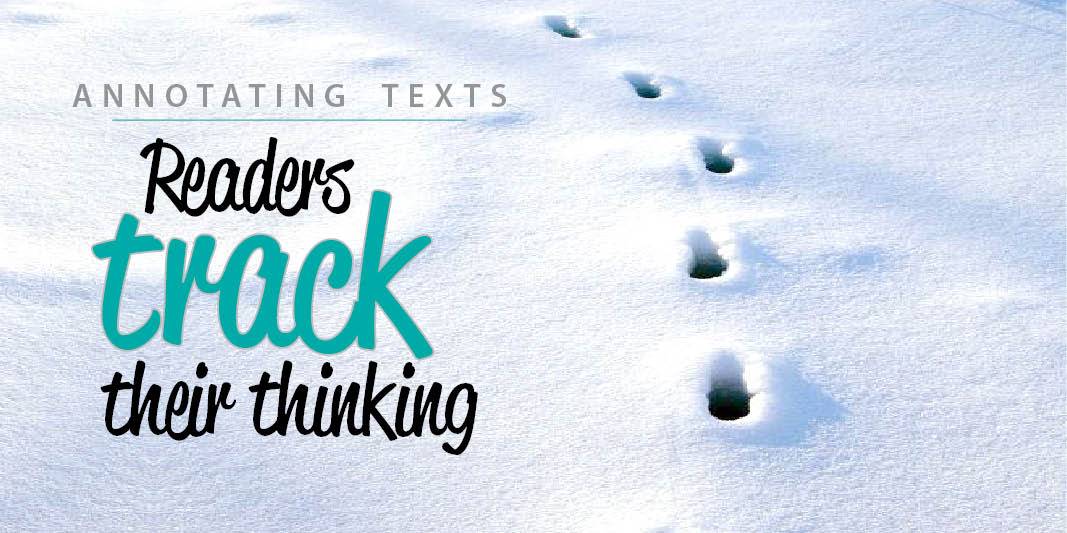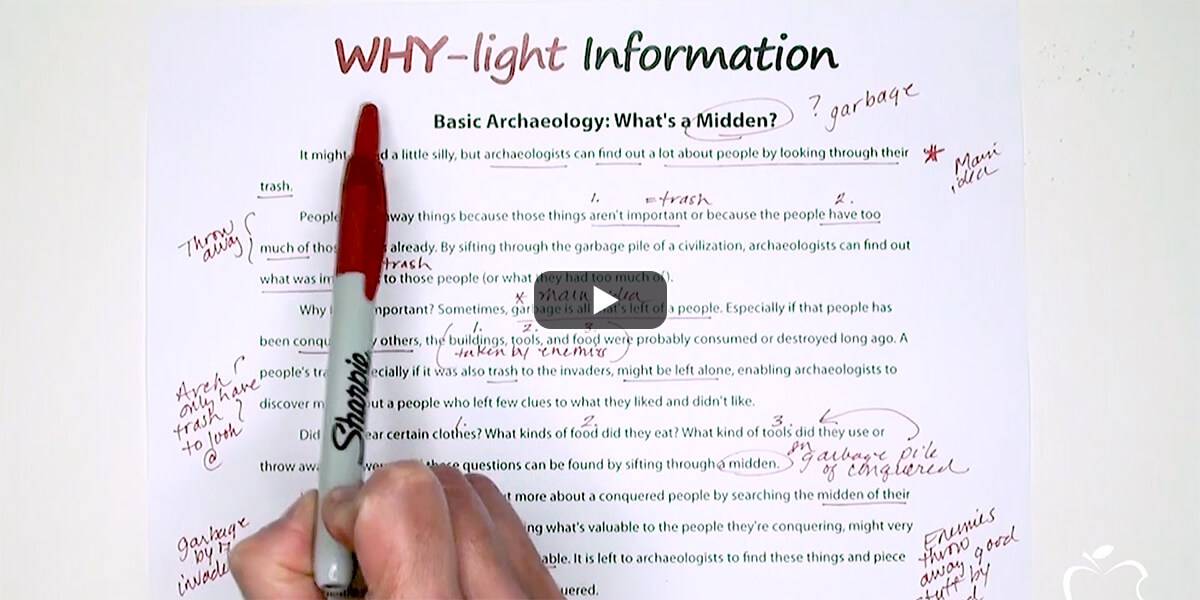Learning Center
reading
Simplify annotation with marks, codes, & abbreviations
March 11, 2014
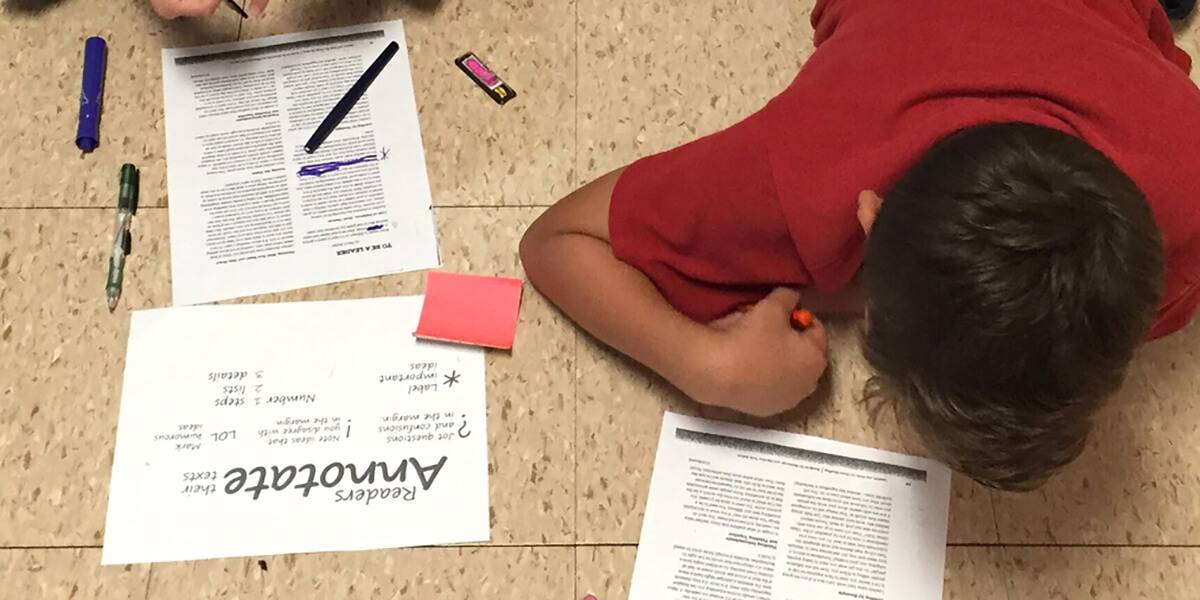
Note-taking while reading includes lifting key words and phrases from the text and jotting them on separate paper or a graphic organizer. Annotation, however, is when the reader notes his thinking adjacent to the author’s.
To support readers in their annotation skills, teachers often provide students a list of symbols, marks, abbreviations, or punctuation marks to use. This reminds them what they should be thinking about while they read. Here are common symbols students might use:

- ASTERISK/EXCLAMATION MARK identify new ideas and/or big ideas that are important. Summarize them in 2-3 words.
- CIRCLE/UNDERLINE (or highlight) important vocabulary. Write a synonym or brief definition of each word in the margin nearby.
- ARROWS show how ideas within the same text are related. Label the connection between the marked details.
- NUMBERS indicate steps in a process, itemized lists, etc. In 2-3 words, label what the numbers represent.
- QUESTION MARKS are near textual details that cause the reader confusion. Make a note of it in the margin.
- ABBREVIATIONS or text-message spelling allow readers to communicate a lot of information in less space (e.g., mark humorous parts with LOL).
- PLUS SIGNS indicate specific details that support a bigger idea marked in previous sources. These added “details” are helping the reader deepen his understanding.
- DOUBLE-SIDED ARROWS represent where alternate perspectives, contradictory ideas, or opposing viewpoints are introduced.
Just remember the big picture when it comes to annotation. It is not a journey of symbols; it’s a journey of thoughts. (Notice the word “note” embedded within “annotate.”) Therefore, make sure students include a note as to why they marked what they marked. This supports the why-lighting concept—Why are you highlighting this part?
TROUBLESHOOT: If your students cannot write in the book, then have students track their thinking on sticky notes adhered to the text pages. Or, photocopy the text onto larger paper to provide space for annotations.
TIP: If your students predominantly read off a screen, then they also need instruction on how to use digital annotation tools. (Newsela and CommonLit are popular websites that provide digital text with space to add a note.)
Teacher example:
Jodie Pulciani of Madison Elementary (Lombard, IL) used this handout with her fifth graders. They worked in pairs to read and annotate text about what makes a good leader.

